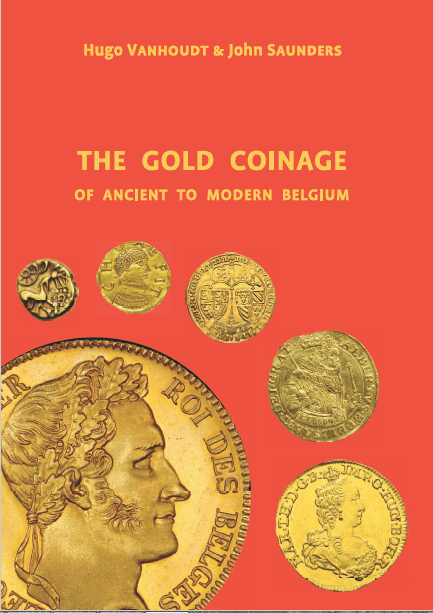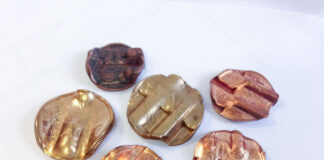
It is with great pleasure that I write the introduction to The Gold Coins of Belgium. Both because this book is much needed and because it deals with such a fascinating coinage.
I have been enthralled with collecting coins of the Low Countries for a number of years. The change in control from the Celts, to the Merovingians, to the Burgundians, to the Spanish, to the Austrians and finally as an independent country makes for a wonderful selection of denominations and designs. Additionally, there are the coinage of several brief periods of independence, and the very interesting issuances by the defenders during various sieges as the powers of Europe fought for the control of this very strategic real estate which is today Belgium.
The scope of the book covers all gold issuing entities that are within today’s borders of Belgium, from Celtic times to the present. Like most human endeavors, this book has a foundation in the works of numismatic authors of the past. A number of books have covered part of this material, but most are out of date and none have covered the entire field of Belgian Gold Coins. Delmonte did a great job of covering much of this material, but his book is from 1964. There have been a number of new coins discovered, or should I say rediscovered, since it was published. Also new information about rarity has become available.
Hugo Vanhoudt’s opus on the Spanish, Austrian and Netherlands coinage contains much up to date information on these parts of this coinage, but does not cover Celtic, Merovingian or modern coinage. For the collectors of gold coins, this is a much easier book to use, as the gold coins in Vanhoudt’s are interspersed between the gold and silver coins. While, the knowledge of the language in which a numismatic book is written is not essential to its usefulness, the English text of this book will ease usage for those to whom Flemish is not their native language. After much discussion, it was decided to include valuations within the text of the book, which we hope will be useful for both collectors and dealers.
Some of these coins are quite rare or even unique, however others are surprisingly affordable. Many of the modern coins are available for a modest premium to gold value, and a number of very beautiful medieval coins are available for several thousand Euros or less. A feature of Low Countries coinage that I find fascinating are the coins that are struck with the designs, weight and fineness of English coins. Today, one can spend Euros in the United Kingdom, but at a discount to cover the recipients’ need to exchange. Largely because of the wool trade, clever Belgians of times past produced nobles, angels and other coins with the same design as the home country coins, but with different legends. As most people were illiterate at the time, the coins passed at no discount, saving the travelers and merchants the exchange premium. Coins were also issued with the designs and standards of Italy, France and other countries.
Some notes on pricing: First, it must be remembered that the pricing of coins is an art rather than a science. The pricing offered by different dealers or in different auctions can vary significantly. Where possible, the prices in this book are based on known sales over the last ten years. When no coins were sold, we have chosen prices based on what other issuances of similar rarity and with similar collector interest have sold for. Thus, it is even possible to put a price on a unique coin, based upon the prices at which other different coins, but which are also unique have sold.
While this obviously involves a lot of guess work, and many will disagree with our conclusions, we hope that this provides some useful guide as to value. The coins are priced in three grades: Near Very Fine (NVF), Very Fine (VF) and Prachtig or Extremely Fine (EF) for coins prior to 1820, and Very Fine (VF), Extremely Fine (EF) and Fluer de Coin (FDC) for modern coins. The grading standards are those in current use in Belgium. Americans should be cautioned that European NVF is equivalent to coins graded good fine to very fine by American standards. European VF to coins graded choice very fine to the lower end of about uncirculated by American standards, European EF to about uncirculated through the lower end of uncirculated, and FDC is a choice uncirculated, MS-64 or better in American grading. Any mistake in pricing should be completely blamed on my input and not take away from Hugo Vanhoudt’s superb job of creating this book.
You can order the book directly from the author via email.
Hugo Vanhoudt won the IAPN Book Prize in 2016 for his work “Burgundian, Spanish and Austrian Netherlands and French and Dutch period coins 1434-1830”.




